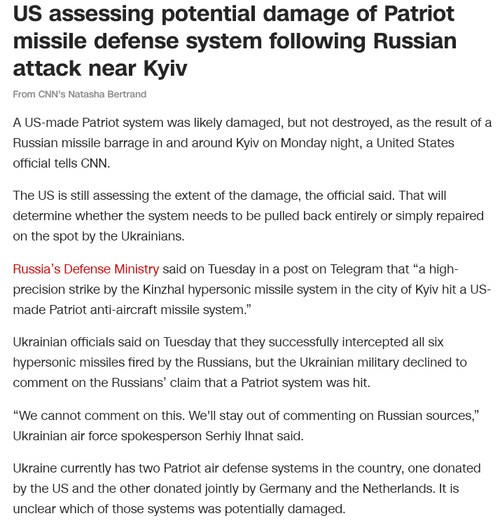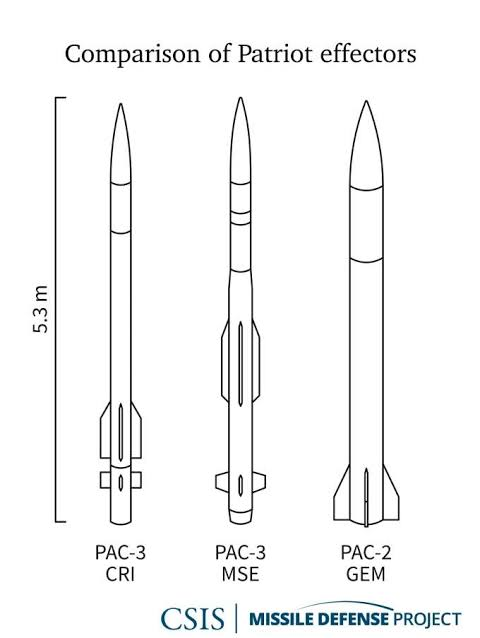In the first video, that shows 30 interceptor launches in 2 minutes (impressive that the Russians could pack nearly thirty attacking missiles and drones into the battery's footprint nearly simultaneously), there's a 6 minute gap between the last interceptor launch and the explosion on the ground. If the explosion on the ground is a malfunctioning interceptor, where did it go for (at least) 6 minutes?
You are assuming 1 interceptor per target, which is very unlikely to be the case against a ballistic threat.
Also, if the image in post #26 is real, the malfunctioning missile never made it very far from its launcher. So it would've simply been launched 6 minutes after the original salvo, and then crashed almost immediately, before even rising above the horizon as seen from the filming location. What makes you think it has to be part of the initial sequence of launches?
A failed interceptor launch is certainly possible, and consistent with the almost intact missile photographed on the ground. OTOH, if it remained intact, it's inconsistent with the apparent explosion - but then, that might simply have been the flash from rocket motor ignition. So we can't exclude a successful strike on the battery (which ejected a missile from a launcher) either - hell, BOTH could be true for all we know.
The bigger news here is that it all but confirms the presence of PAC-3 missiles in Ukrainian service, which may go some way toward explaining the damage observed on the Kinzhal warhead.






